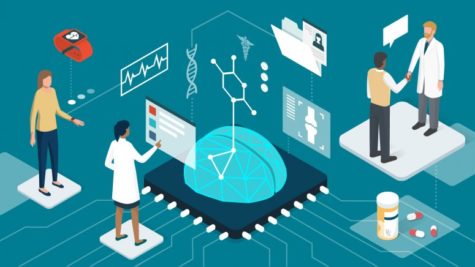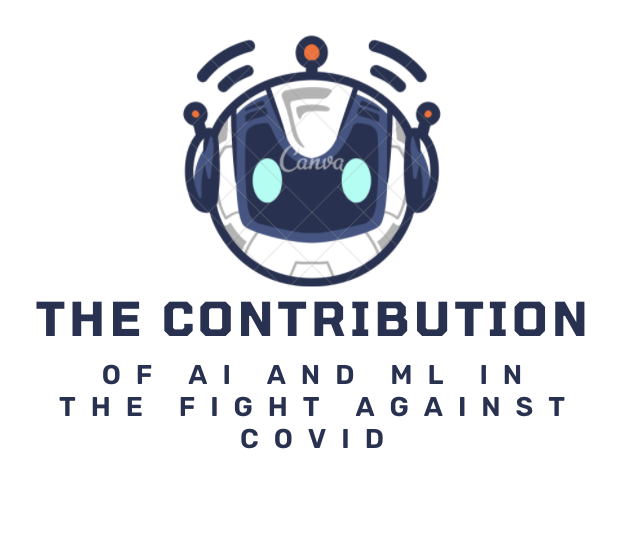The Contribution of AI and ML in the Fight Against COVID
Introduction
Artificial Intelligence and Machine Learning. Two subjects that our world is getting acquainted with. Nearly every field, whether it’s finance, computer science, or agriculture, is unconditionally immersing itself into evolving with AI and ML. Specifically, the concept has opened the door wide open to the field of medicine. Data Scientist Nuria Oliver states, “Machine learning and artificial intelligence algorithms allow us to diagnose and customize medical care and follow-up plans to get better results.”
Inarguably, medicine is a field that society will consistently require. People will never stop getting sick, and new diseases will arise. For instance, there’s COVID-19. A pandemic that effortlessly turned the world upside down. Nevertheless, together, we all got back up on our feet. Mask mandates lifted, places opened up, and things are slowly but surely getting back to normal. Artificial intelligence and Machine Learning have undeniably contributed to this recovery.
What is AI/ML?
Before I explain how AI and ML assisted in the fight against COVID, I will first briefly touch on what exactly AI and ML are. For starters, Artificial intelligence is a technology that enables a machine to simulate human behavior. Machine learning is a subset of AI which allows a machine to automatically learn from past data without programming explicitly. The goal of AI is to make a smart computer system similar to humans to solve complex problems.
Scientific Aspect of AI’s Contribution during COVID
Numerous AI designs contributed to the research and scientific approaches to defeat the pandemic. A Canadian AI design, BlueDot was one of the first machines to alarm scientists about COVID. This form of artificial intelligence scans through news channels, airline data, and animal disease reports to keep an eye out for any indications of an outbreak. Epidemiologists make conclusions based on their analysis of the data collected by BlueDot.
Researchers from MIT developed an AI that listens to the sound of a person’s cough to detect any symptoms of COVID. During the pandemic, an abundant amount of people assumed they didn’t have COVID because they were asymptomatic. However, this design resolved that problem by contrasting the cough of an asymptomatic COVID patient to a person who doesn’t have COVID since the coughs might sound the same to a doctor.
There are so many factors that come into play when ridding ourselves of COVID, which we still haven’t done fully yet. AI certainly had a huge part in this battle.
Likewise, computer models can develop a multi-epitope vaccine in less than a minute, while current ways require about a year’s worth of research and work to establish the same.
Social Aspect of ML’s Contribution during COVID
Vaccines and tracking cases are all crucial aspects when it comes to fighting against COVID. However, maintaining social stability is just as essential. ML had an important role in this.
ML-enabled chatbots are a technology that answer questions and provide resources for the public (Clevy.io bot). Aside from answering questions, some bots helped people emotionally by offering themselves as something to talk to.

Conclusion
AI and ML are the buzzwords of our century. However, too many sci-fi movies can leave someone to misjudge and state that AI and ML are taking over our world, and soon humans will have no part to contribute. Dave Johnson, chief data and artificial intelligence officer at Moderna, states, What we find [to be] the most successful projects are where we… put the two together have the machine do the parts of the job… [and] let the humans take over for the rest…”
Your donation will support the student journalists of Dublin High School. Your contribution will allow us to purchase equipment and cover our annual website hosting costs.

Hi! My name is Sravya and I am a freshman this year.
I highly enjoy writing and try to keep up with it as much possible. I was in the Creative Writing...



































